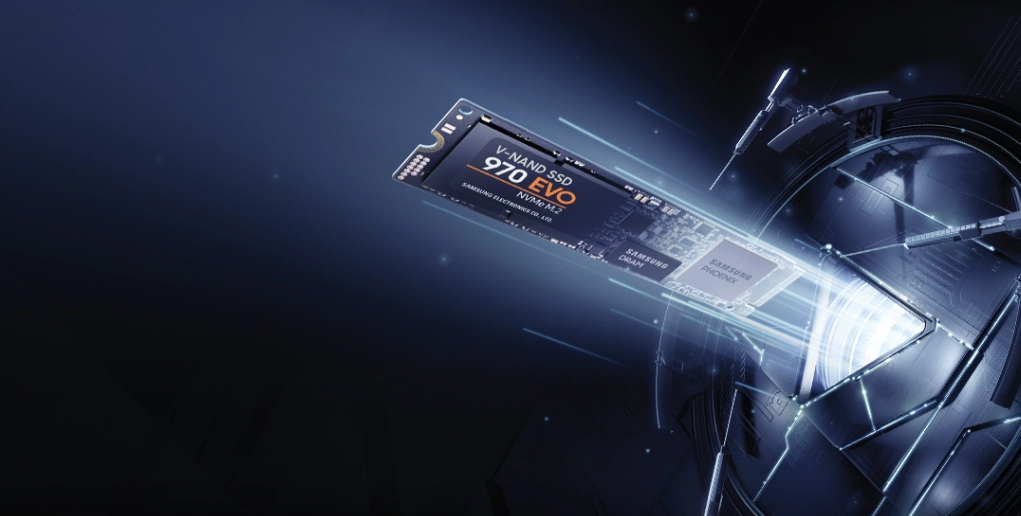Recently Solid State Drives (SSD) have been catching attention. Unlike traditional hard drives, these SSDs don’t have any mechanical parts and hence are faster and more efficient.
Two of the most commonly heard terms when it comes to SSDs are SATA and PCIe. These are the two basic interfaces — types so to say — of SSDs.
In this article, we distinguish between the two to help you make an informed decision.
Also read: Hard Disk Drives (HDD) vs Solid State Drives (SSD)
SATA SSDs
SATA or Serial ATA is a type of interface used by SSDs and other devices to interface with the computer. It has been around forever and is a pretty common interface for many devices.
This widespread use case means that SATA SSDs come with some advantages.
For example, if you buy a SATA SSD, it’ll work with pretty much every computer you plug it in. The use of a commonly used interface also means that these drives will be pocket-friendly. SATA SSDs can sometimes be half the cost of PCIe SSDs.
Right now, SATA 3.0 is the latest form of SATA SSDs. Theoretically, it can give data transfer speeds of up to 750 Mbps. Pretty quick eh?
Well not really. Here’s the deal, data has to be encoded before transfer from the SSD. This means there’s some physical overhead that goes into this encoding and hence the speed is reduced. You can expect speeds of about 600 Mbps.
Overall, SATA SSDs are good enough for casual users or just as backup drives due to their cheap price tag.
PCIe SSDs

PCIe stands for Peripheral Component Interconnect Express. Sounds like a fancy superfast train? Boy, you’re right.
PCIe is a computer interface designed specifically for peripherals that require the fastest possible data transfer speeds. It is commonly used in graphics cards and of course, in SSDs. In essence, it’s a more direct connection to the motherboard.
Not only PCIe is a more direct connection to the motherboard, but PCIe devices work in lanes, which means you’re looking at data transfer speeds of up to 15.75 Gbps (theoretically of course).
However, most consumer-grade PCIe SSDs offer up to 4x lanes, meaning maximum data transfer rates of up to 3.95 Gbps. That’s still way faster than SATA SSDs.
All this goodness comes at a cost though. PCIe SSDs are significantly more expensive than SATA SSDs. Also, if you’re doing a lot of data transfer, they tend to hog up power which can lead to lower battery life on a laptop.
PCIe SSDs are available in two standards namely AHCI and NVMe. AHCI is the older one and NVMe is the newer standard designed to work with PCIe SSDs. It’s advisable to pick up the NVMe version always.
Which one should you buy?
If you’re a casual user, you won’t notice much difference in between SATA and PCIe SSDs. Both drives will feel lighting fast during everyday tasks like browsing, checking email, watching movies and so on.
Things change where data transfer speed is crucial. During gaming, for example, an NVMe drive will give faster map load times than a SATA drive. If you frequently transfer large files back and forth, using NVMe will make your life much easier.
In spite of all this, SATA drives are still a viable option if you’re low on budget. But if you really want those fast speeds and are willing to shell out the extra cash, PCIe SSD is your go to.
Also read: What does the ‘Defragment and Optimize drive’ app on Windows really do?






